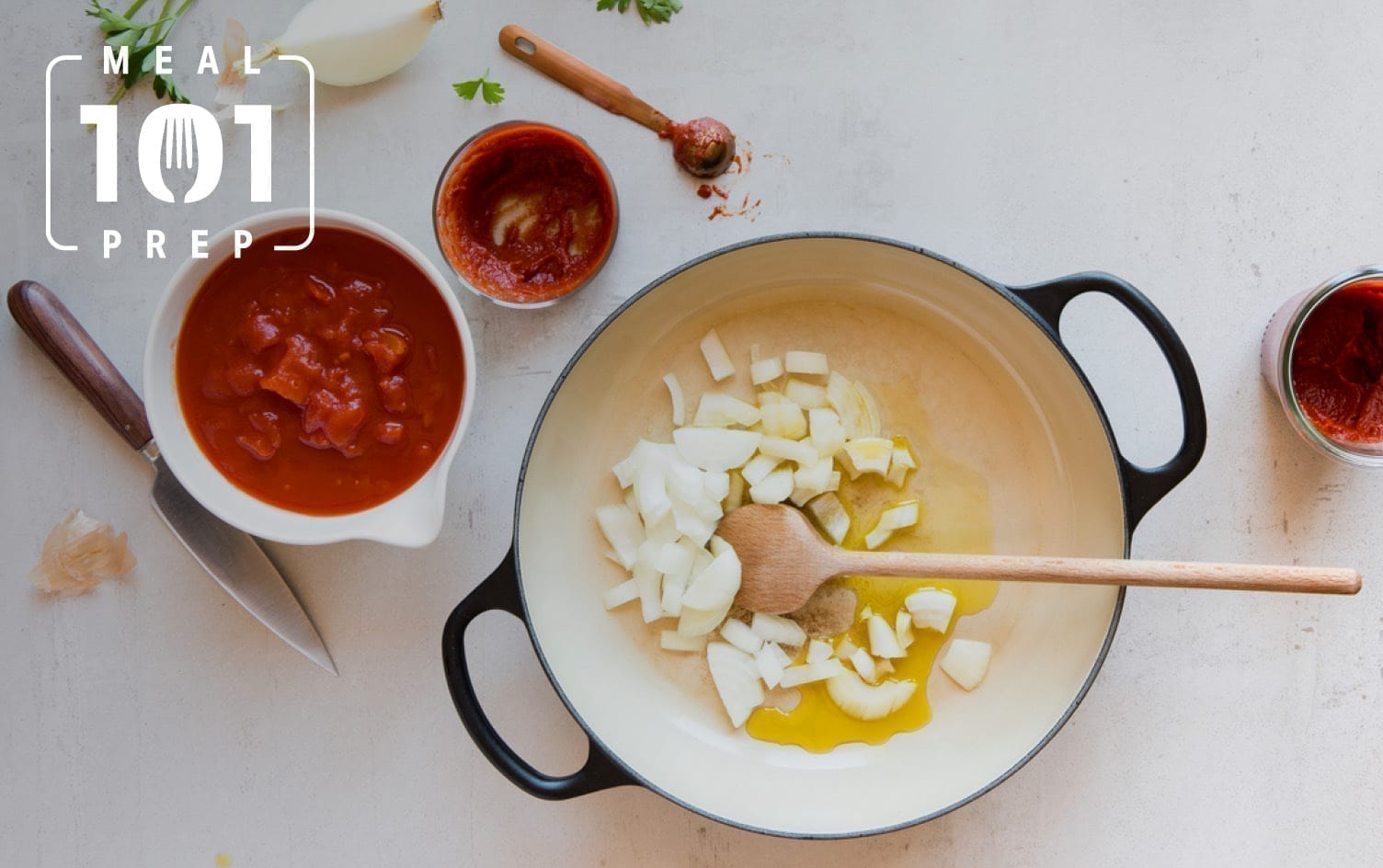
While there are plenty of creative recipes to make when meal prepping, the truth is you often eat the same couple of dishes over the course of the week. To make leftovers more exciting, consider sauces — the right sauce can literally transform plain ingredients into a composed dish. Have a pile of roasted chicken and sweet potato? Drizzle it with vinaigrette, add lettuce, and you have a salad. Heat it in a coconut milk sauce, and you have a curry. Serve it with a side of aioli, and you have a dippable lunch.
Of course, it’s not as easy as pairing sauces with random ingredients, there’s a nuance to it. Here’s what you need to know about making a healthy sauce and which ones are best for meal prep.
GOOD SAUCES NEED FLAVOR
Salt, fat and acid are the three most important components of flavor, and each balances the other two. The easiest way to think about sauces is to break them into those three main components. What will you use for your salt? Your fat? Your acid? Then, what kinds of spices and flavorings will you add to round things out.
Salt reduces the bitterness of foods while also enhancing their sweet, sour and umami flavors. In other words, the right amount of salt makes things taste better. Obviously, the easiest way to add salt is to just add salt. But if you want to add a little bit of flavor as well, you could opt for a salt-rich condiment like soy sauce, teriyaki, mustard, Worcestershire sauce or hot sauce instead. Season with salt or a salty condiment as you cook and only add a little bit at a time, tasting after every addition — there’s a fine line between perfectly seasoned and too salty. If you’re watching your sodium intake, however, you can scale back the portion size of condiments you cook with as well as reduce how much of the final sauce you add to dishes. Using an app like MyFitnessPal can help you track your sodium intake.
Fat spreads flavor throughout your sauce, making it thicker and more filling. It can also help revive foods that may have dried out in the fridge. If you want a healthy fat that doesn’t mess with the flavor of your sauce, go for a neutral oil like grapeseed or light olive oil. On the other hand, an oil like peanut, pumpkin seed or sesame drastically changes the flavor. For a creamy texture, coconut milk (which also adds lots of flavor) works well. You can also use butter for a rich flavor, but make sure to use a small amount since a buttery sauce solidifies when refrigerated.
Acids are sour-tasting foods, and the most common way to add acid to a sauce is by adding citrus juice or vinegar. If you’re making a vinaigrette, your acid plays a big role in the sauce’s flavor. But in other cases, like a tomato sauce or a curry, the acid doesn’t actually make your sauce taste sour; it just balances the salt and fat. For example, if a sauce tastes too rich or too salty, hit it with a squeeze of lemon juice and notice how those flavors are less pronounced when you try it again.
Of course, sauces aren’t made of only salt, fat and acid. Spices, herbs, blended fruits and vegetables, and other natural flavorings make sauces taste different. Adding various amounts and combinations of these things to your sauce helps with variety to keep meal prep exciting.
6 SAUCES TO MEAL PREP

If you think aioli is just a fancy word for mayonnaise, you’re kind of right. It’s a high-fat sauce made by emulsifying oil with an egg yolk and a little bit of acid. Start by whisking together an egg yolk, 1/2 teaspoon of lemon juice, and a pinch of salt in a large bowl. Continue to whisk it vigorously as you very slowly drizzle 1/2 cup of oil into the bowl. It takes a little elbow grease, but eventually you get a thick, creamy sauce. Using high-quality olive oil yields an aioli with some bite, while canola oil makes one that’s more neutral. You can add flavors like minced garlic or herbs at the end.
How to use it: Cut raw veggies and dip them in aioli. This works for cooked vegetables and proteins, too. You can also use the aioli as a spread on sandwiches, lettuce wraps or crackers.
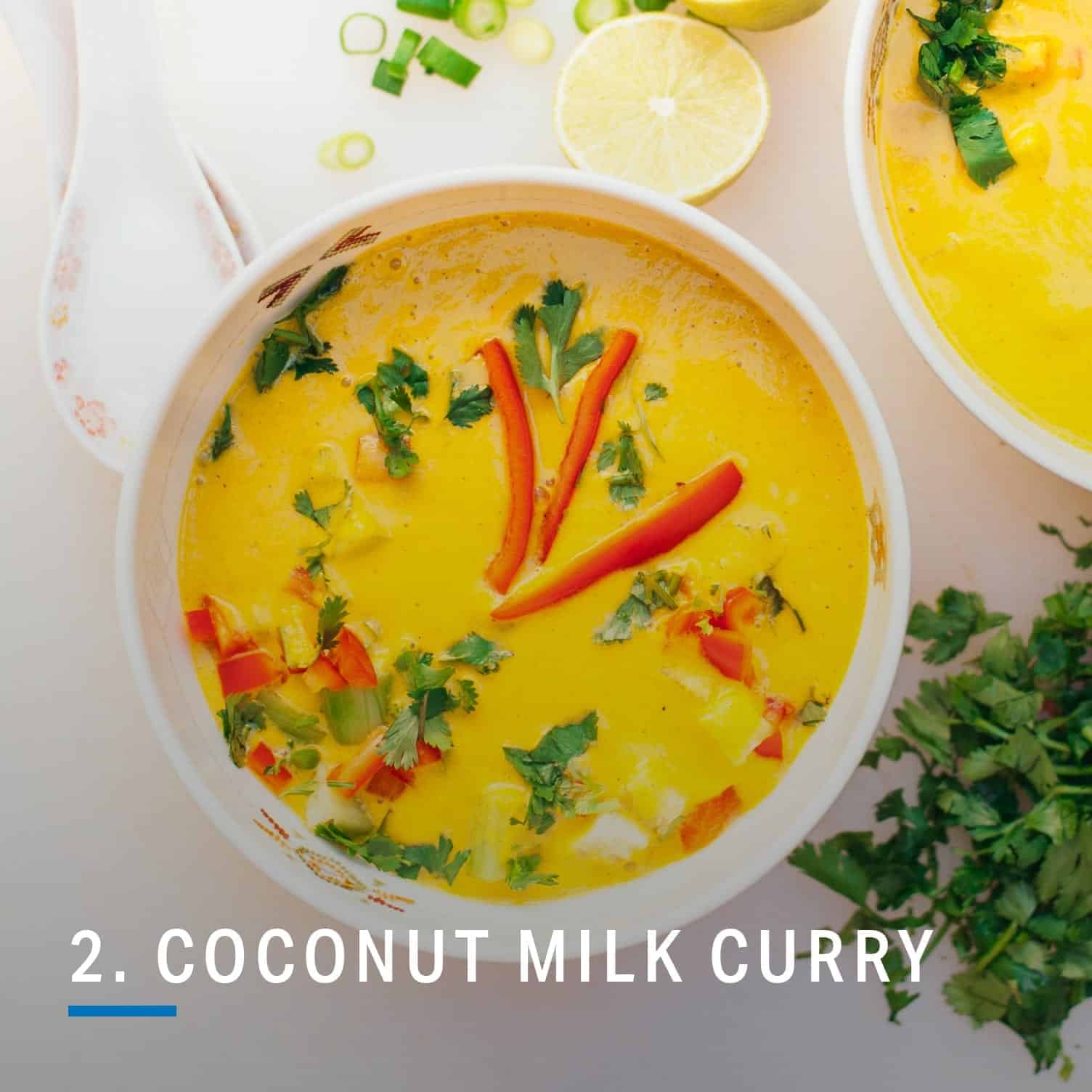
Traditionally, a curry is a dish seasoned with curry powder that hails from the Indian subcontinent. But there’s another type popular in Thailand and other parts of southeast Asia made with coconut milk, aromatics like ginger and lemongrass, and loads of spices. Usually, you cook your veggies and proteins in your curry sauce to make a dish. If you want to make the sauce for meal prep, though, you can do it without the add-ins and just pour it over later. This green curry is great because it calls for pre-made curry paste, which you can find at your grocery store. Simply turn it into a sauce by omitting the chicken and veggies.
How to use it: Curry can be used as a base for cooked veggies and proteins that are a little past their prime. You can also throw in a cup of canned chickpeas and a handful of greens, heat everything and call it a meal (over rice or not).
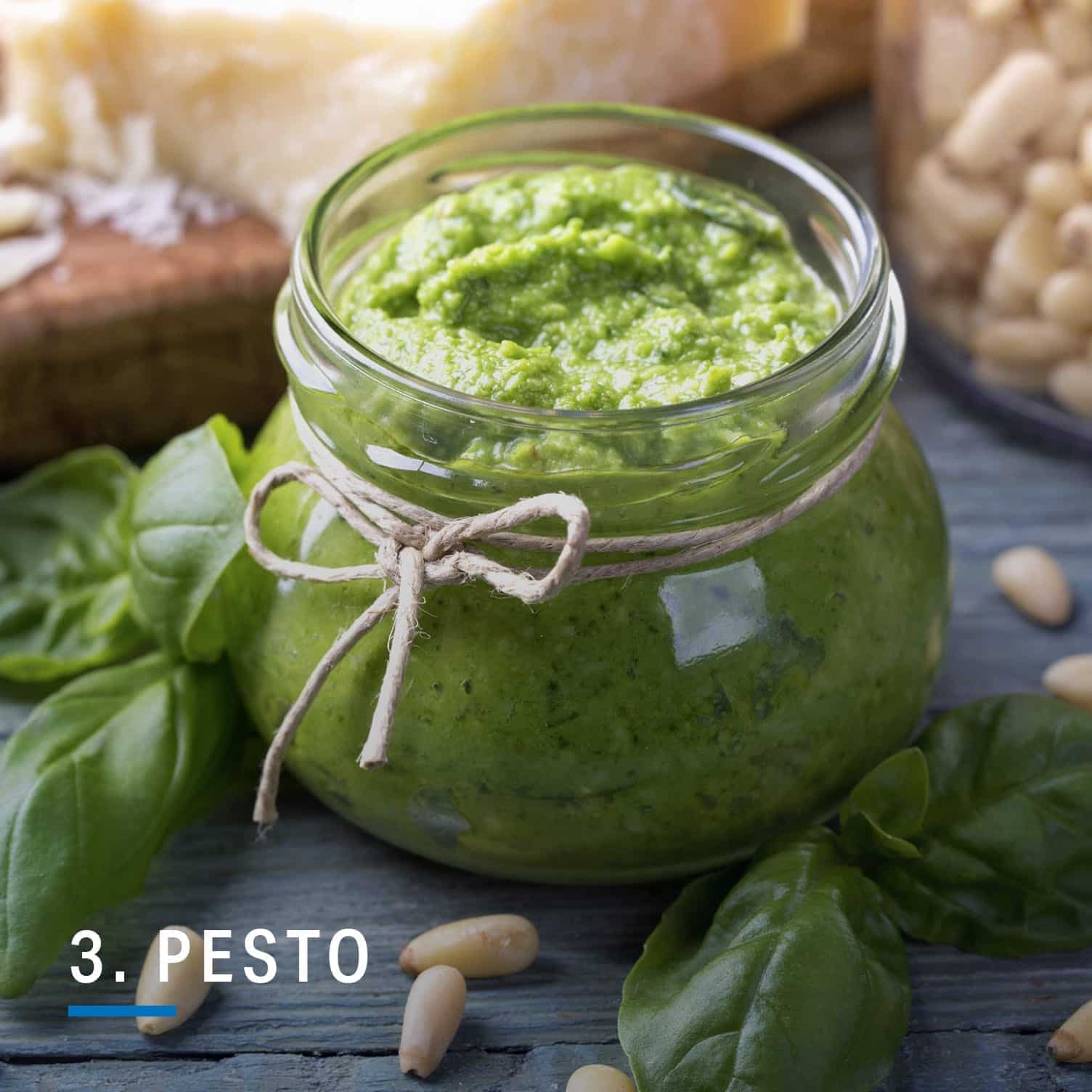
The easiest way to jazz up grains, pasta or vegetables is to toss them with pesto. The fat comes from olive oil, pine nuts, and Parmesan (which you can leave out to lose the dairy), while the acid comes from lemon juice and the flavor from basil or another herb. This pesto recipe is an easy one that yields perfect results.
How to use it: Pesto works hot or cold. Toss it with chopped chicken before you heat it to add moisture and flavor, or add lemon juice and oil to it and turn it into a salad dressing. You can also add it to zoodles with leftover veggies or to liven up sandwiches.
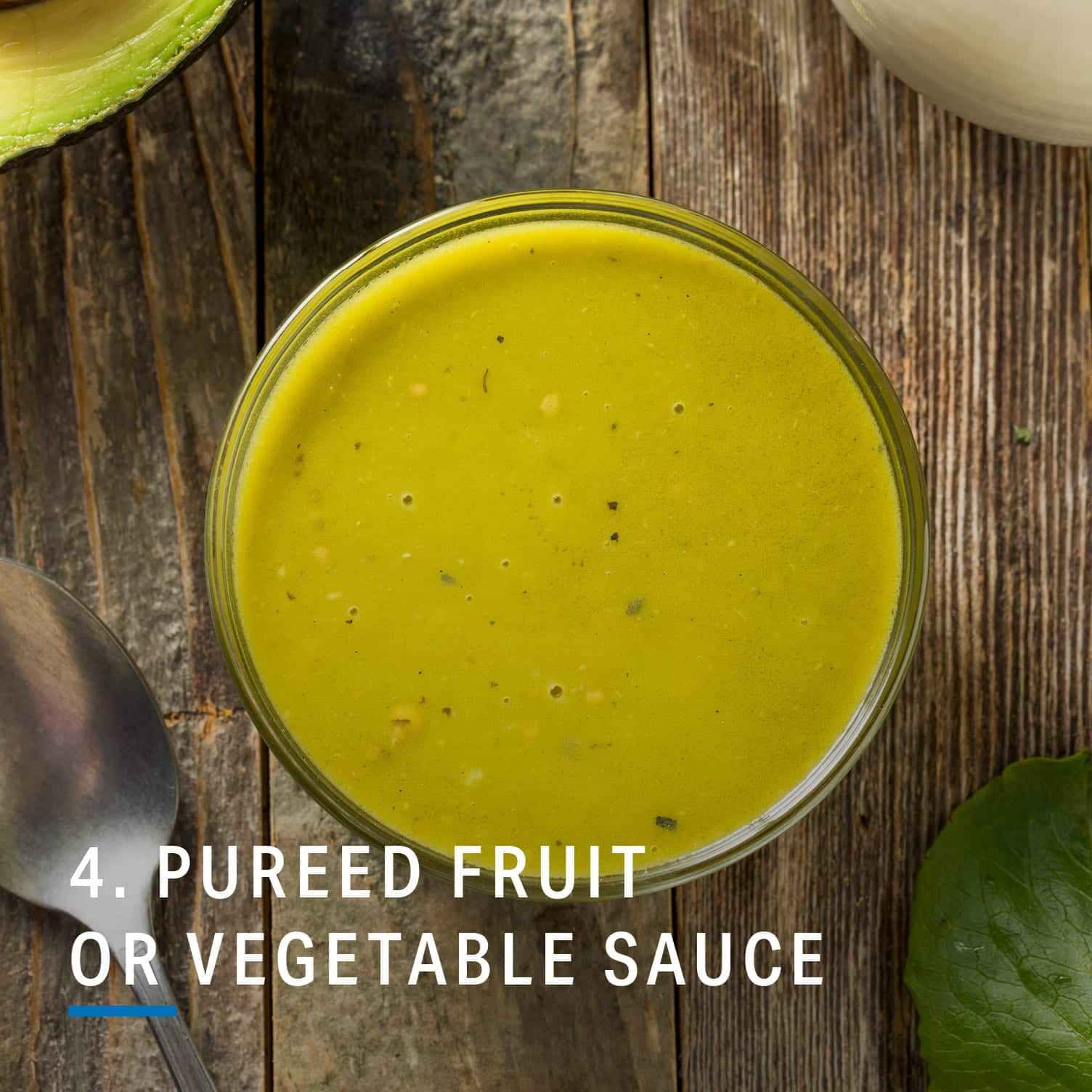
For an unforgettable carrot-ginger sauce, combine 1/3 cup olive oil, 1/3 cup rice vinegar, 2 large chopped raw carrots, 2 tablespoons chopped ginger, and a pinch of salt in a blender, and puree everything until smooth. Strictly speaking, it’s a type of vinaigrette, but it deserves its own category because it’s thicker, earthier and the perfect way to switch up your salad routine. A green goddess sauce made with avocado follows similar principles.
How to use it: Since this is a type of vinaigrette, you can use it as salad dressing. You can also use it as a dipping sauce for protein and veggies.
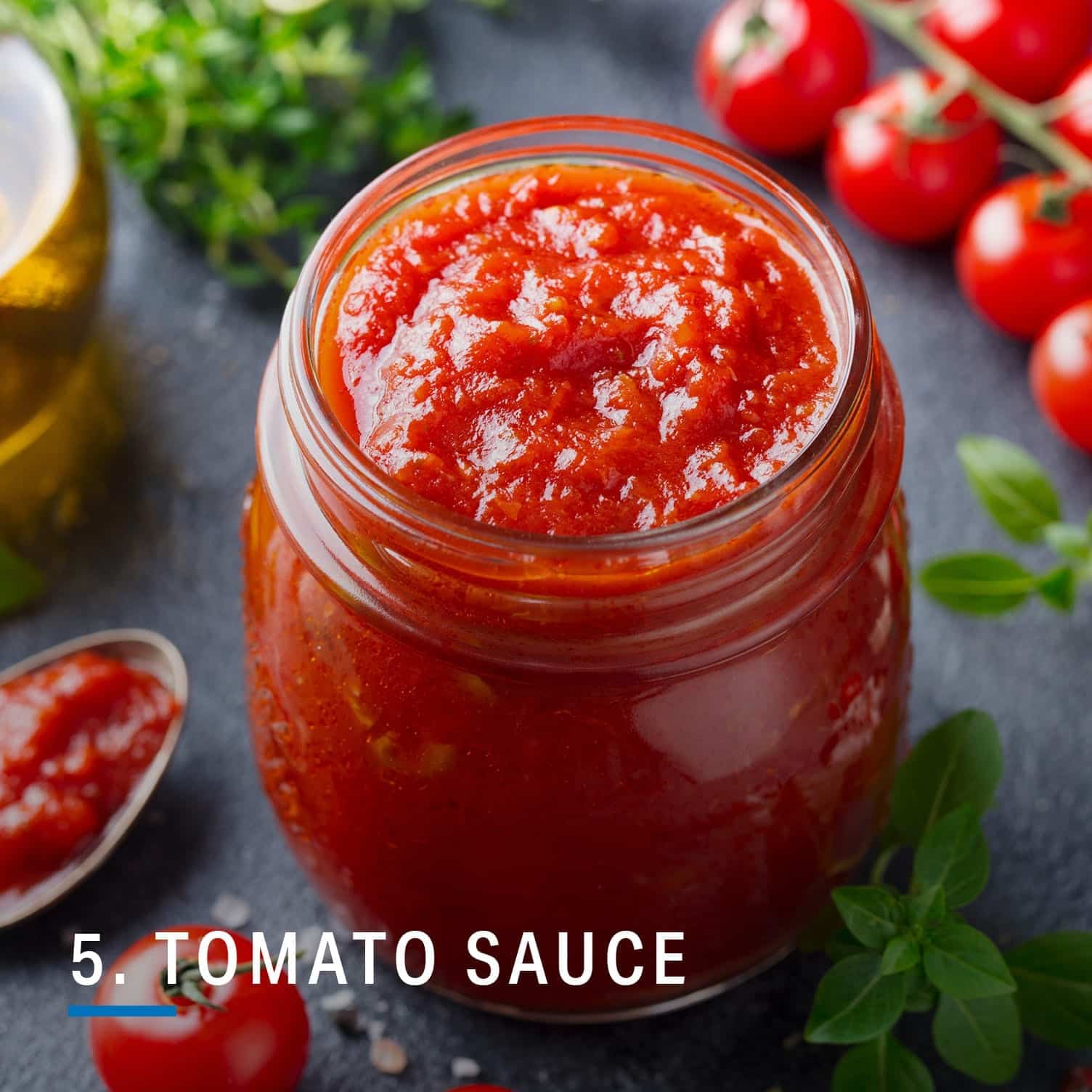
Tomatoes have a fair amount of acid in them, and they’re already flavorful. To make a great tomato sauce, heat 1/2 cup of olive oil in a pan over medium heat. Add a couple of cloves of garlic and toss until golden brown on all sides. Add a large, peeled shallot (cut in half) and once you can smell the shallot, add a 28-ounce can of tomatoes. Once simmering, turn the heat to low and cook for 45 minutes, or until the sauce reaches your desired consistency, then add salt and basil to taste.
How to use it: Heat cooked proteins or veggies on their last legs in some of the tomato sauce, then serve it all over pasta or a whole-grain.
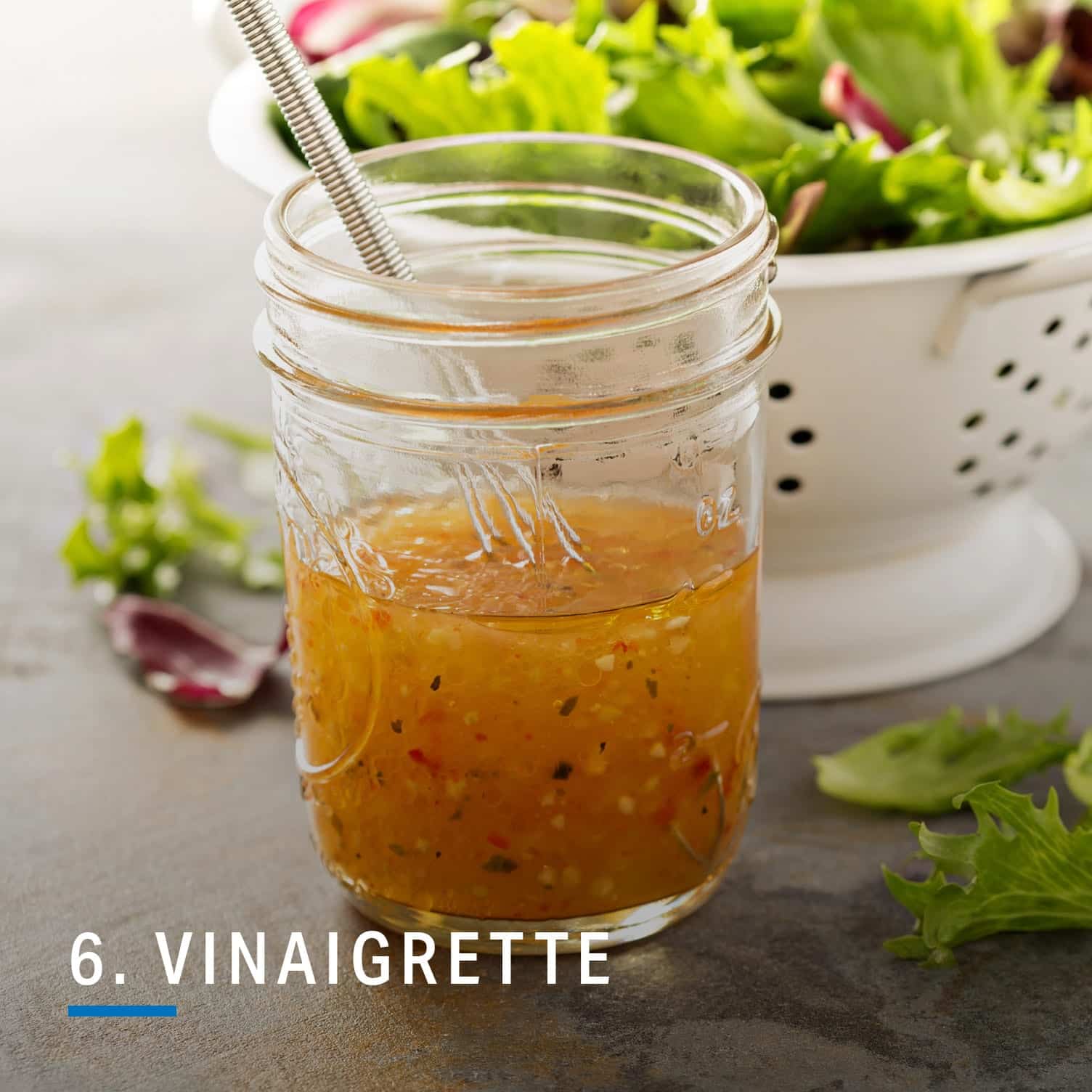
In classic French cooking, a vinaigrette is made with 3 parts fat (oil), 1 part acid (citrus juice or vinegar), plus salt and flavorings to taste. If you want to make it more zesty, try a 2-to-1 ratio of fat to acid instead, but you can also experiment and see what works for you. To make any vinaigrette, pour 1/4 cup acid into a medium mixing bowl with salt and flavorings (honey, shallots, herbs, etc). Whisk it vigorously as you slowly pour a stream of 1/2–3/4-cup of oil into the bowl. The whisking helps the oil and liquid emulsify into a thick mixture instead of separating.
How to use it: Pour your vinaigrette over cooked protein and cooked or raw veggies to make a salad.
Discover hundreds of healthy low-sodium recipes via “Recipe Discovery” in the MyFitnessPal app.
